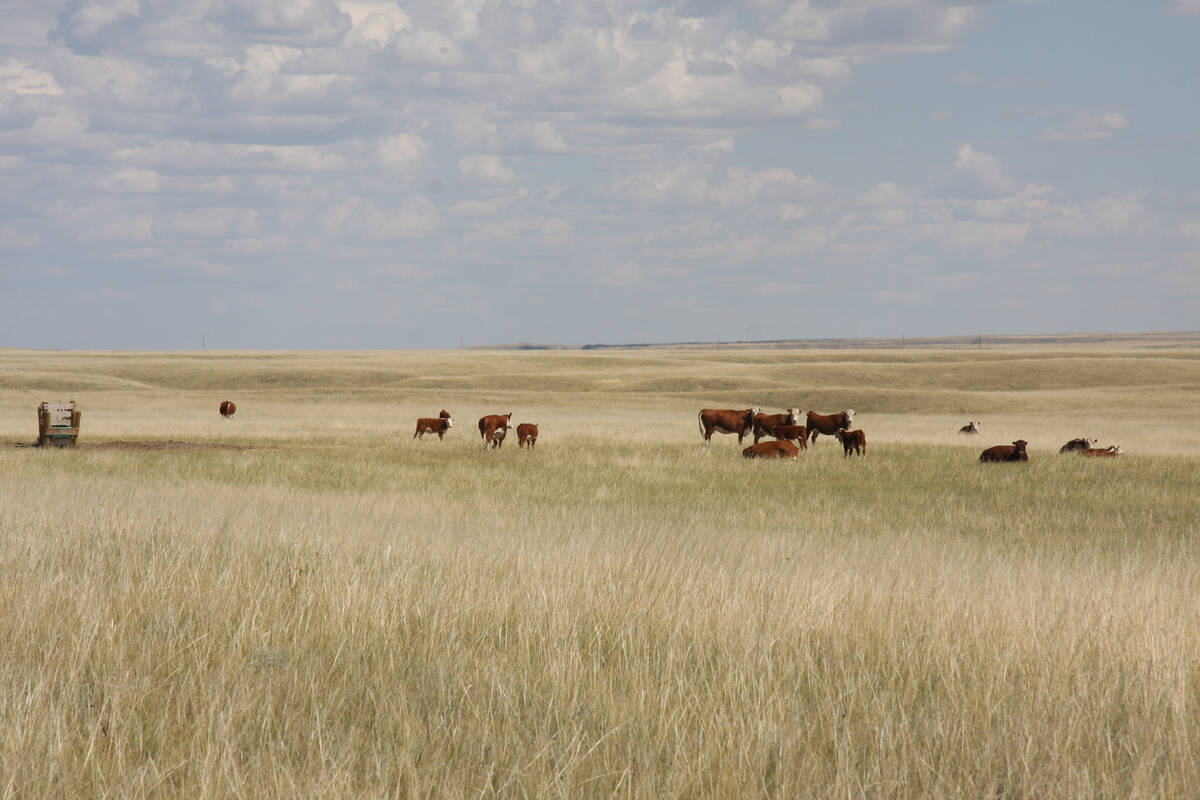LANIGAN, Sask. – Distillers byproducts will soon be on nearly every prairie farm and in every animal.
The ethanol boom is a short-term bust for livestock producers as the giant stills of the American Midwest suck up the flood of grain corn that was keeping a lid on cereal feed prices worldwide.
Two days of driving separate the American heartland from the Western Beef Development Centre’s (WBDC) Termuende research farm. Last weekend cattle producers gathered at the Lanigan, Sask., facility to hear how distillers grain will be a feed staple for their cattle in the near future.
Read Also

Conservation groups enter grazing lease debate
The Municipal District of Taber in southern Alberta remains at a political crossroads, weighing the interests of generating revenue for public services with conserving native grasslands.
“There’s literally an avalanche of DDGs (dried distillers grain) headed your way,” said John McKinnon, the Saskatchewan beef cattle research chair at the University of Saskatchewan.
“But not quite yet,” he said.
Bart Lardner of the WBDC agreed with McKinnon and said producers will soon find the feed a good alternative to barley and other cereal.
“Putting $4.10 corn or $3.80 barley in front of cattle just doesn’t seem right. From an economic standpoint we know it isn’t, but prices for these cereals are a result of an international market. DDGs look good,” he said.
“But not at $170 a tonne. Right now what’s coming out the back of Husky’s (ethanol plant at Lloydminster, Sask.) is priced to match barley. It won’t stay that way. When all of the other (ethanol) plants open up we’ll see prices drop (for DDG),” he said.
Dried distillers grain is the dehydrated spent grain that is a byproduct of the distilling process.
As a feed source it is safe and nutritious and, where there is a surplus, cheap.
For each billion litres of ethanol produced, about one million tonnes of DDG is made.
When expansions of prairie plants and new ethanol facilities such as the one at Belle Plaine, Sask., come into production over the next two years, Western Canada will produce one billion litres of ethanol annually, said McKinnon.
“We’ll see a little go into protein supplements (for monogastric animals like pigs), but there are low limits on the amount you can feed those animals, so most will be available for cattle,” said McKinnon.
But for cattle, the balance of fats, proteins, amino acids and fibre coming from wheat-based DDG is nearly ideal.
DDG from corn is about 11 percent fat, compared to wheat at about five percent. U.S. packers are starting to find poorer quality carcasses as a result of heavy feeding of corn DDG.
Normally wheat and barley are considered hot feeds and need to be handled carefully. But once distilled, the danger of starch overload in the
rumen disappears because that starch has been converted to alcohol.
Fibre, too, is improved and more easily digested after distillation, meaning animals can gain more safely and quickly on the modified feed than on raw grain.
McKinnon said once DDG prices begin to fall, cattle feeders will be able to take advantage of the lower cost feeds. In the meantime, he said feeders would continue to pass on the higher costs of cereals to cow-calf growers.
Lardner said cow-calf producers can use DDG effectively in extending grazing on low-energy pastures later into the summer season.
WBDC advises producers that DDG is a good source of bypass protein and phosphorus.
“At 38 percent protein, it’s a great way to supplement cows on pasture, away from the feedyard where your costs are high,” he said.
Former WBDC economist Tim Highmore’s analysis of yardage costs found that the average was 46 cents per day per animal, versus the popular belief that it is about 25 cents.
WBDC researchers recommend that cows be supplemented on average two to four pounds per head per day where fat content in the feed becomes a problem.
Cows on native winter range in mid to late gestation can be supplemented with up to 1.5 lb. of DDG per day. Thirty days before calving they can eat up to 2.2 lb. and until 30 days post-calving, three lb. are safe and effective.
Drying wet grain to make it cost effective for trucking costs distillers about $60 per tonne.
“I see producers within 20 miles of these plants getting new opportunities with wet distillers grains as well as dry, especially when the dry ones get down to $120 (per tonne),” said Lardner.














